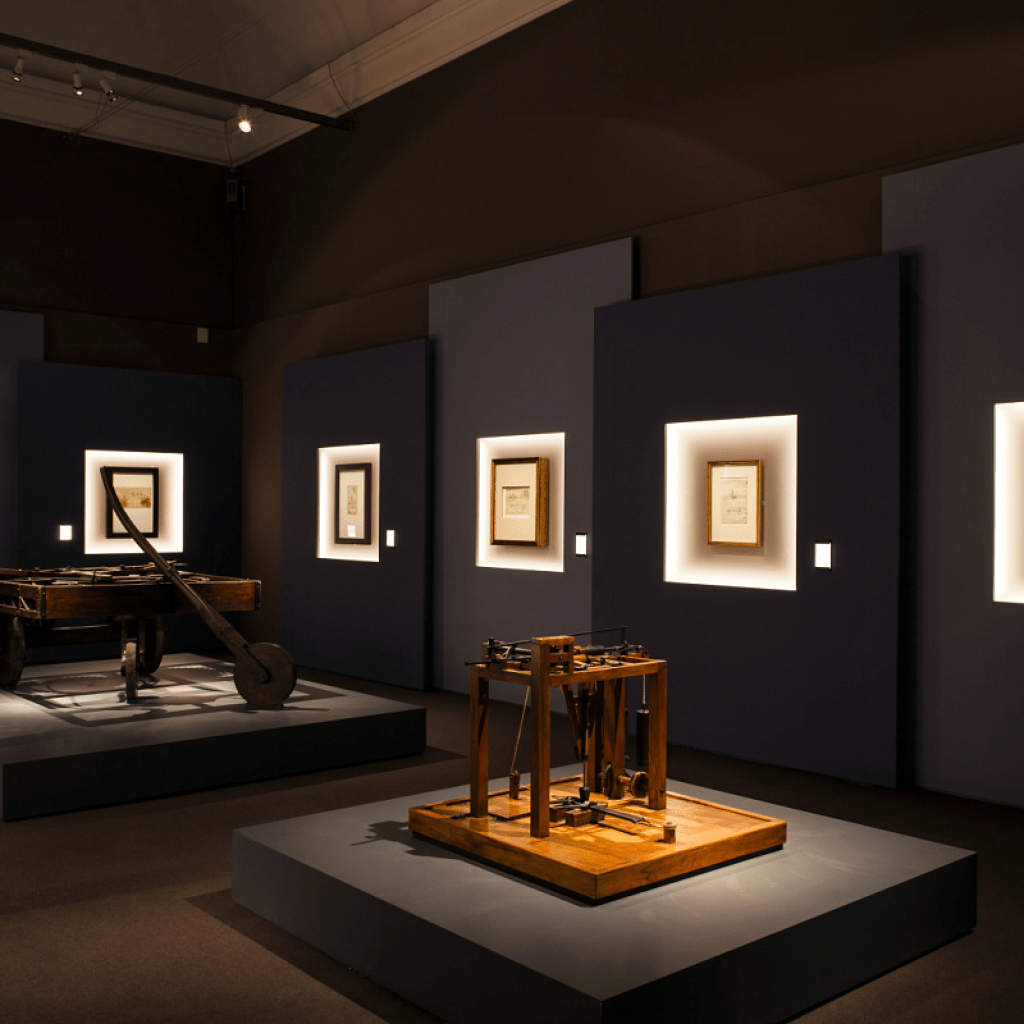
I. Introduction
Lighting is more than a mere necessity; it’s a powerful tool that can transform how we perceive and appreciate art. Imagine walking into a gallery where each piece is brilliantly highlighted, its colors vibrant and details vivid. This effect isn’t achieved by accident but through smart lighting techniques. LED framing projector lights stand at the forefront of this technology, making them indispensable for any serious art display.
Whether you’re an art connoisseur, gallery owner, or someone who simply loves decorating their home with fine art, understanding how to effectively illuminate artwork can profoundly impact your visual experience. Let’s dive into the world of LED framing projector lights and explore how they can elevate your art presentations to new heights.
II. Understanding LED Framing Projector Lights
Definition and Basic Components
At its core, an LED framing projector is a specialized lighting device designed to project a controlled, focused beam of light onto specific objects, such as artwork. This targeted illumination ensures that light is concentrated on the artwork and not wasted on other surfaces.
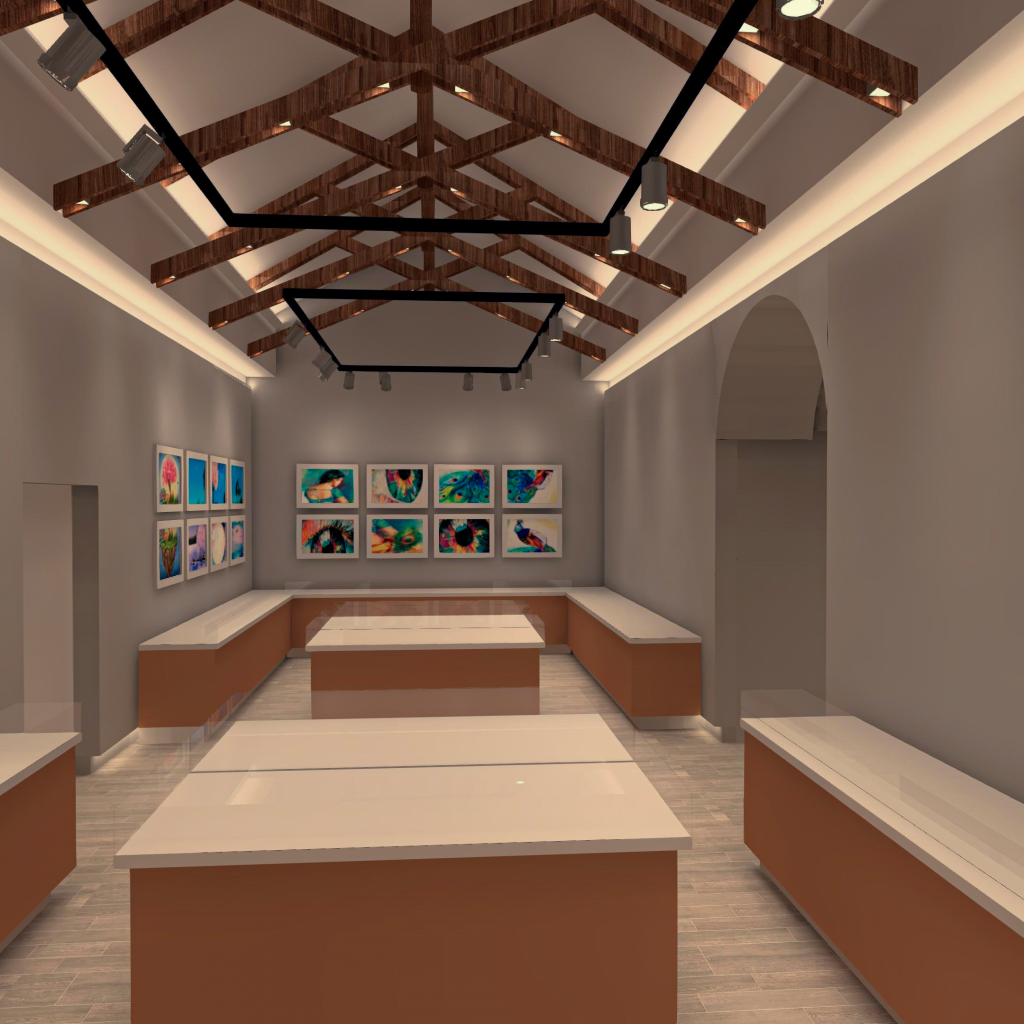
How They Differ from Traditional Lighting
Traditional lighting methods, such as halogen or incandescent bulbs, tend to scatter light, leading to unwanted glare and insufficient emphasis on artwork. In contrast, LED framing projectors offer precision and control. They use advanced optics and adjustable shutters to shape the light beam precisely, making it ideal for art illumination.
Side-by-side photos showing artwork with and without LED framing projection:
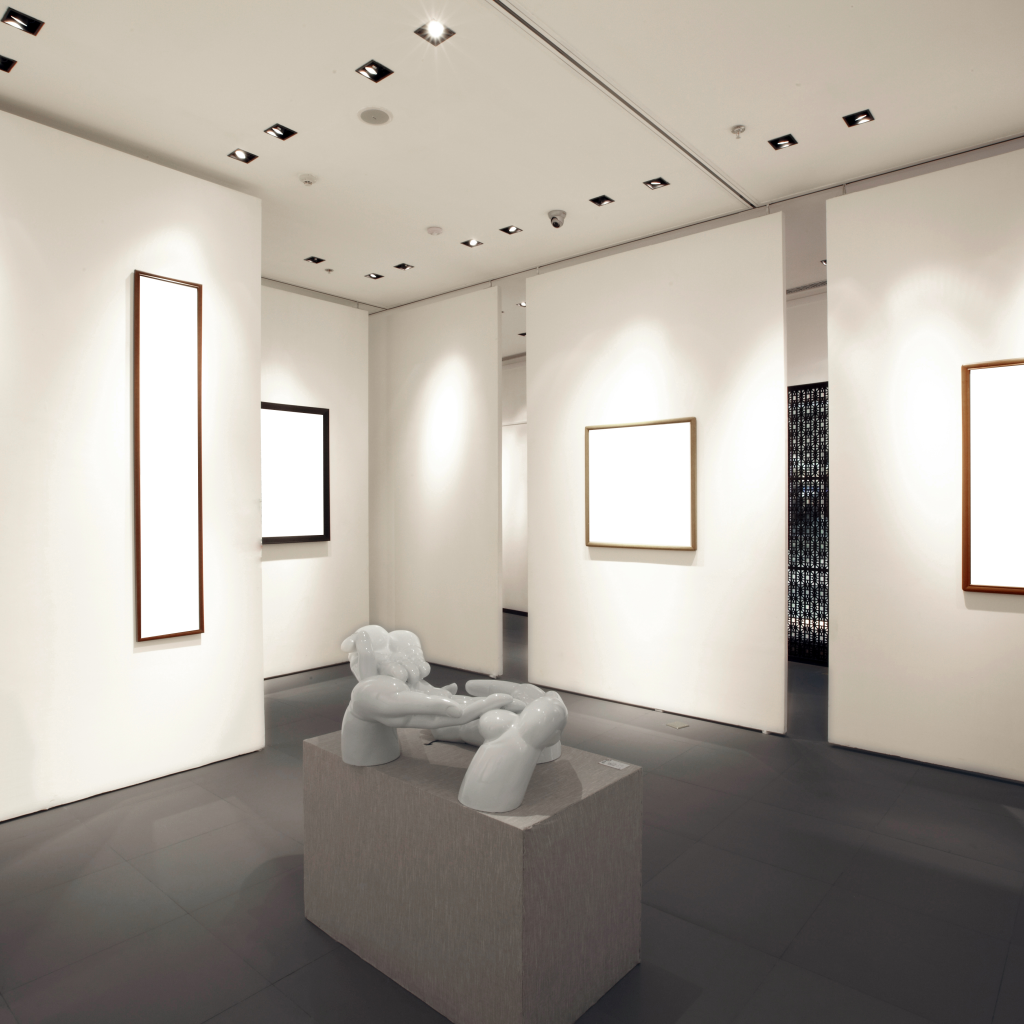
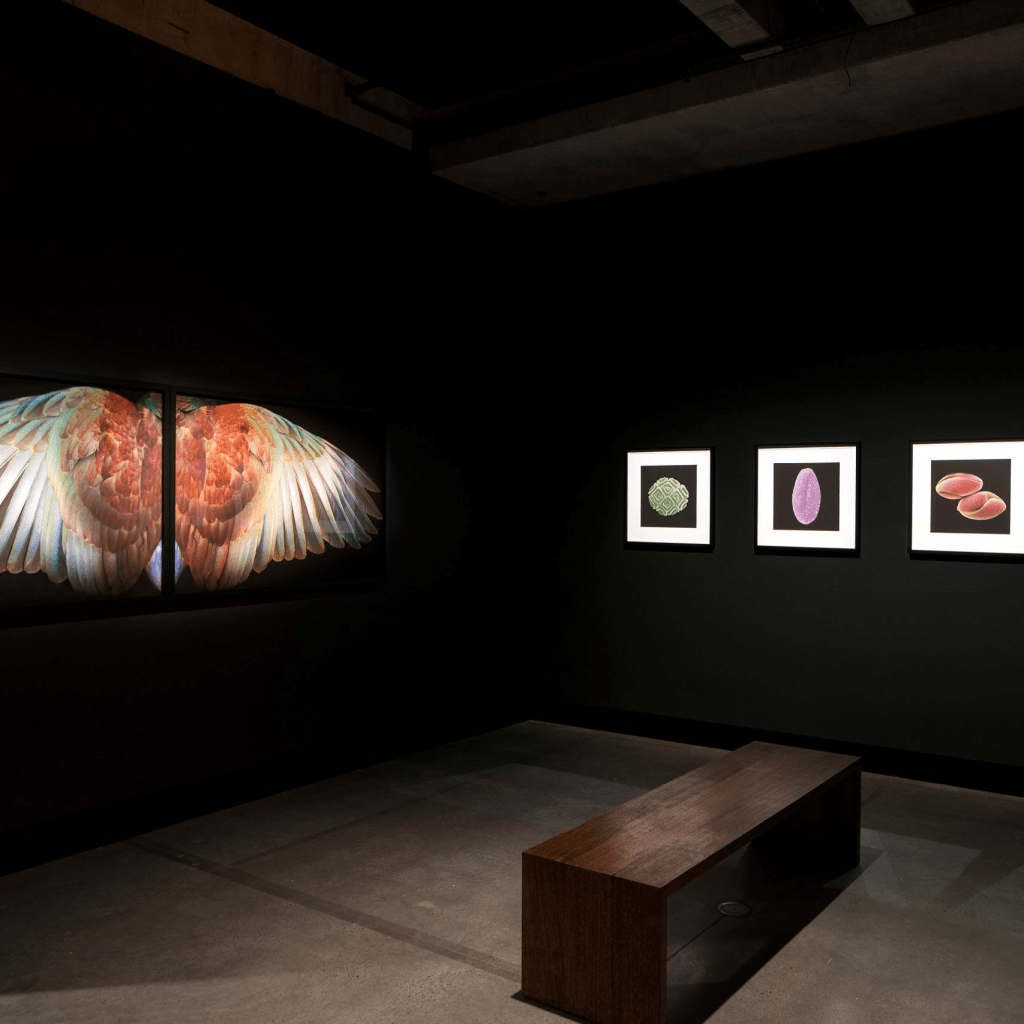
Core Functionality and Features
LED framing projectors typically consist of several essential components:
- LED Light Engine: Provides bright, efficient illumination.
- Optical Lenses: Focus and shape the light beam.
- Masking Shutters: Adjust the light contour to fit the artwork.
- Housing: Protects and supports the projector.
These components work together to deliver a stunning visual impact, highlighting textures, colors, and intricate details that might otherwise go unnoticed.
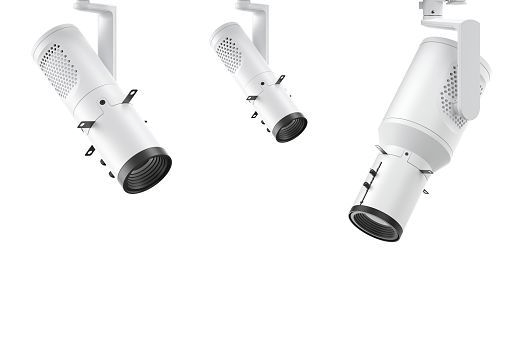
III. Types of LED Framing Projector Fixtures
Linear Lighting Systems
These systems are long, narrow fixtures designed to provide even illumination along a linear path. They’re perfect for highlighting long rows of artwork or large, horizontal pieces.
Ceiling-Mounted Options
Ceiling-mounted LED projectors offer a clean, unobtrusive look. By installing the projector in the ceiling, you can focus the light downward directly onto the artwork. This method ensures maximum visibility while keeping the light source out of view.
Wall-Mounted Solutions
Wall-mounted projectors are another excellent option, especially in spaces where ceiling installation isn’t feasible. These fixtures can be angled and adjusted to cast light on the artwork from the side, adding depth and dimension.
IV. Technical Considerations
Beam Angle Control
Beam angle control is crucial for ensuring that the light is evenly distributed over the artwork. Adjustable lenses and shutters within the projector allow you to modify the beam angle to suit different sizes and shapes of artwork.
Focus Adjustment
Focus adjustment helps sharpen the light beam, making edges of the artwork stand out sharply against the background. This feature is particularly useful for showcasing detailed pieces where clarity is paramount.
Light Intensity Management
Managing light intensity is vital for creating the desired ambiance without overpowering the space. LED framing projectors allow you to adjust the brightness, ensuring that the artwork is well-lit but not glaringly bright.
Distance Calculations
Calculating the correct distance between the projector and the artwork is essential for achieving optimal lighting. Too close, and you might not cover the entire piece; too far, and the light might lose intensity. Most projectors come with guidelines or tools to help with these calculations.
V. Installation and Setup Guidelines
Mounting Considerations
When mounting an LED framing projector, consider the structural integrity of your ceiling or wall. Ensure that the mount can support the projector’s weight and that it’s positioned at a suitable height relative to the artwork.
Positioning Best Practices
Position the projector so that it illuminates the artwork from the best possible angle. This might involve some trial and error, but the goal is to eliminate shadows and provide even lighting across the entire surface of the artwork.
Angle Adjustments
Fine-tuning the angle of light is crucial. Start with a wide beam angle and gradually narrow it until the light perfectly frames the artwork. Use the adjustable shutters to avoid spilling light onto surrounding walls.
Focus Optimization
Once the projector is mounted and positioned, adjust the focus to ensure that the light is crisply defined. Sharp focus highlights the artwork’s details, making colors pop and textures more noticeable.
VI. Advanced Features and Capabilities
Gobo Integration
Gobos (templates inserted into the projector) can create interesting patterns and shapes, adding a creative touch to your lighting design. They are particularly useful for dynamic exhibitions or thematic displays.
Custom Pattern Projection
Many LED projectors allow for custom pattern projection, where you can create and project specific shapes or designs. This feature can add a unique flair to your art displays, making them more engaging.
Color Reproduction Qualities
The newest LED projectors offer superior color reproduction qualities, essential for presenting artwork authentically. They utilize multi-chip LED engines to produce accurate, vibrant colors that enhance the visual appeal of the artwork.
Beam Shaping Techniques
Advanced beam shaping techniques allow for precise adjustments in light distribution. This capability is useful for highlighting specific elements within a piece, such as bringing out particular colors or textures.
VII. Applications Across Different Settings
Residential Galleries
In home galleries, LED framing projectors can transform an ordinary living room into a stunning art exhibition space. Their compact size and precision make them ideal for highlighting personal art collections.
Commercial Spaces
Commercial spaces benefit significantly from LED projectors, as they can enhance the presentation of art in offices, hotels, or event venues. They add a professional touch that can impress clients and guests.
Museums and Exhibitions
Museums and exhibition halls often require sophisticated lighting to ensure that every piece of art is seen in the best possible light. LED framing projectors are perfect for this, offering flexibility and high-quality illumination that can meet the varying needs of large-scale exhibits.
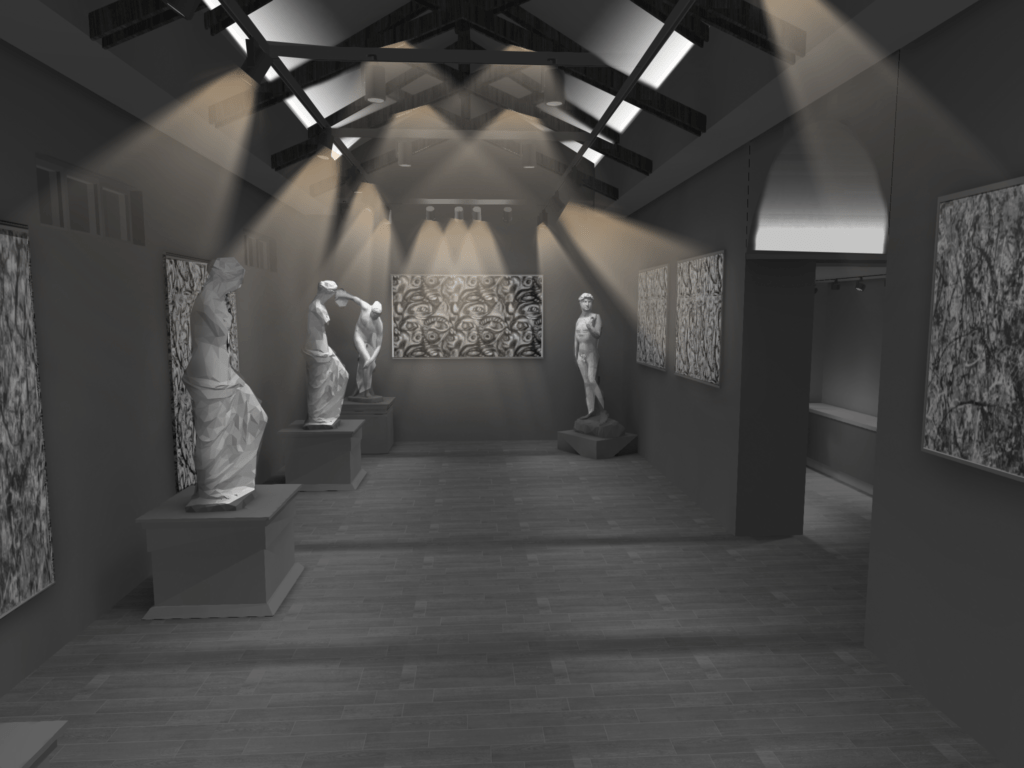
Retail Environments
In retail environments, such as fashion stores or showrooms, LED framing projectors can be used to spotlight products and create a luxurious atmosphere. They help draw attention to key items and enhance the overall shopping experience.
VIII. Practical Tips for Using LED Framing Projectors
Regular Maintenance
Keep your LED projectors in top shape with regular cleaning and maintenance. Dust buildup can affect light quality, so periodic cleaning of lenses and shutters is essential.
Experiment with Angles
Don’t be afraid to experiment with different angles and positions. Sometimes, the most unexpected angles can produce the best lighting effects.
Use Multiple Projectors
For larger pieces of artwork, consider using multiple projectors to ensure even illumination. Synchronize their settings to maintain consistency across the entire piece.
Stay Updated with Technology
LED projector technology is constantly evolving. Stay updated with the latest models and features to make sure you’re using the best tools available.
Consult Professionals
If in doubt, consult with lighting professionals. They can offer valuable insights and practical advice tailored to your specific needs and space.
IX. The Future of LED Framing Projector Lights
The future of LED framing projector lights looks promising. With ongoing advancements in LED technology, we can expect even more efficient, powerful, and versatile lighting solutions. Upcoming innovations might include smarter projectors with automated adjustments based on ambient conditions, integration with smart home systems, and even more precise color reproduction capabilities.
Conclusion
Lighting plays a pivotal role in how we perceive and appreciate art. LED framing projector lights offer an unparalleled combination of precision, flexibility, and efficiency, making them the ideal choice for anyone serious about displaying art in the best possible light. Whether for a residential gallery, commercial space, museum, or retail environment, these projectors can dramatically enhance visual presentations.
FAQs
1. What are the main benefits of using LED framing projector lights for artwork?
LED framing projector lights provide precise and focused illumination that enhances color accuracy and detail. They are energy-efficient, customizable, and ideal for creating a professional art display.
2. How do I choose the right LED framing projector for my space?
Consider factors such as beam angle, focus adjustment, light intensity, and the specific mounting options suitable for your space. Consulting with a lighting professional can also help you make the best choice.
3. Can LED framing projectors be used in small residential spaces?
Yes, LED framing projectors are compact and versatile, making them suitable for various spaces, including small residential galleries and home art displays.
4. What maintenance is required for LED framing projectors?
Regular cleaning of lenses and shutters to remove dust and ensure optimal light quality is recommended. Periodic checks and adjustments can also help maintain the projector’s performance.
5. Are there any new technological advancements in LED framing projectors?
Advancements in LED technology are ongoing, with future improvements likely to include more efficient light engines, automated adjustment features, and integration with smart home systems.
By leveraging the capabilities of LED framing projector lights, you can elevate your art displays and transform any space into a stunning visual experience. Whether you’re a homeowner, gallery curator, or business owner, these lighting solutions provide the precision and impact needed to showcase your artwork like never before.
